Budget Cold Weather Clothing
Extreme weather gear
Dressing for seriously cold weather without buying expensive clothing. This page assumes you will be spending extended periods outdoors in the coldest weather and are not so concerned with fashion.
![]() This is the UK page |
Go to US page
This is the UK page |
Go to US page
![]()
Foundation / Base Layer
- Insulate and wick sweat away from the
skin. Somewhat
counter intuitively one of the most important aspects
of underwear for the coldest conditions is that it can
wick away sweat from the skin. With so much clothing
on top, sweat can build up in the layer next to the
skin and become cold and clammy, especially after some
activity. The key is to avoid cotton and go
for synthetics such as polypropylene and polyester.
Much more effective than using your usual underwear,
probably the biggest "bang for your buck"
layer. Somewhat
counter intuitively one of the most important aspects
of underwear for the coldest conditions is that it can
wick away sweat from the skin. With so much clothing
on top, sweat can build up in the layer next to the
skin and become cold and clammy, especially after some
activity. The key is to avoid cotton and go
for synthetics such as polypropylene and polyester.
Much more effective than using your usual underwear,
probably the biggest "bang for your buck"
layer.Mid / Heavy weight long underwear -
For colder conditions or use as outerwear indoors.
Heavier weight thermal tops in particular can be used
as a shirt indoors which makes them more versatile. Lightweight underwear - For use
in less extreme conditions or alternatively if you don't
like thicker base layers and can use thicker layers
over the top. |
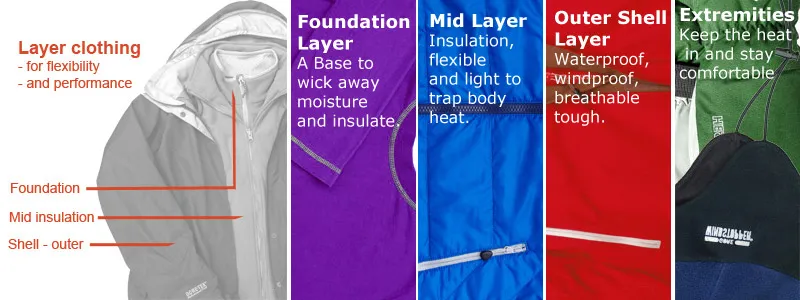
Layering - I spent time in Antarctica as a marine biologist, the coldest thing I did was setting and retrieving nets through the sea ice in mid winter using snow mobiles. Our clothes consisted as several layers, this worked better than a small number of thick layers. Sometime afterwards I was a school teacher, I used to give talks on Antarctica and part of this I would borrow bags of clothing from British Antarctic Survey and dress one kid in thin layers like I did, and another kid in easier to put on fewer thicker layers. The first kid would always get hotter faster and need to take the gear off quick. Layers work best.
It may seem obvious, but layers need to be on the top and legs too, shorts or skirts can't be compensated for by 3 top layers and a parka.
 Mid
Insulation Layers
- flexibility is important along with
ventilation during exertion or warmer conditions, with
the ability to wrap up warm again when the temperature
drops. Mid
Insulation Layers
- flexibility is important along with
ventilation during exertion or warmer conditions, with
the ability to wrap up warm again when the temperature
drops.A very varied layer that can be put on or off, unzipped, sleeves rolled up etc. during sunny periods or exercise and then closed down fully and another layer put on top when the weather gets bad again. It should be a soft layer for comfort and also to make it a more effective insulator when another layer is put on top of it. Half or full length zips are good and allow it to be used as the outer layer during warmer conditions or to quickly vent excess heat. Upper body - thick shirts, sweaters and jackets long enough at the back to avoid exposed skin or lower layers during bending.
Lower body - Thick warm trousers of heavyweight synthetic material such as polyester/cotton or brushed cotton moleskin. Trousers should not be tight fitting, a little loose helps keep warm air in. Denim is about the worst possible choice. Bibs and overalls are particularly good, they add extra core insulation and keep you covered while bending or stretching. 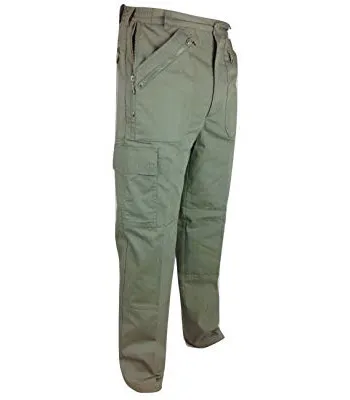 Fleece-lined trousers - Men's Cargo or jeans style, cotton outer, fleece lining for warmth 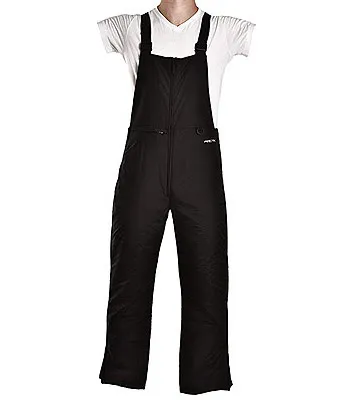 Arctix Essential Bib Overall - Men's Women's Nylon outer, insulated
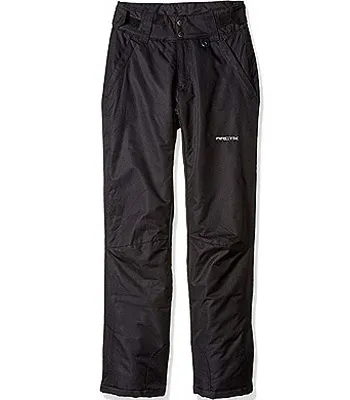 Arctix Insulated Snow Pants - Men's Nylon outer, insulated | Women's 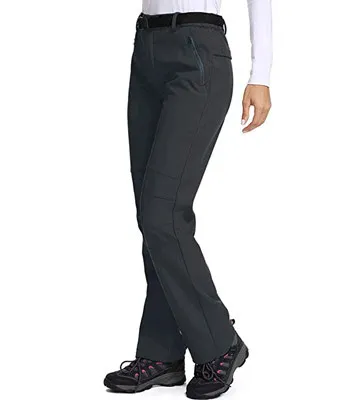 Jessie Kidden Ladies Fleece Lined Thermal Winter Trousers Softshell | Men's
Materials:
|
|
The Outer / Shell Layer
- direct protection from the weather,
windproof and may be waterproof depending on the temperature
use. Simply a "shell" with no additional insulation
or with insulation built in. The outer shell layer can be insulated or not. It may seem unusual at first but the most versatile and effective cold weather shells are fully windproof, but not always heavily insulated. In this way they can be used as the outer layer over any combination of insulating layers underneath. It takes a little more time to get dressed this way, but it works at least as well as a large heavily insulated parka, though more cheaply and for a more versatile and therefore more often used collection of clothing. 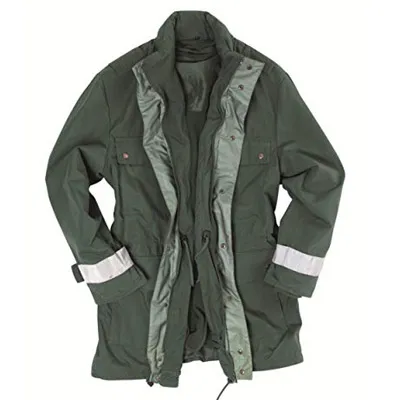 German Police Issued Gore-tex Winter Polar Fleece Lined Parka Waterproof 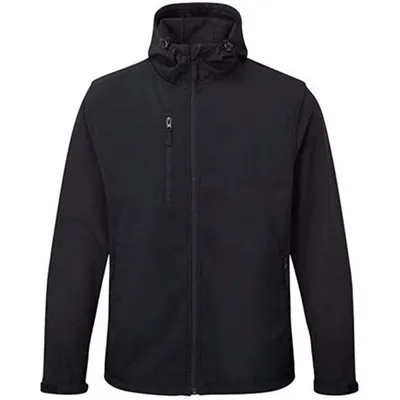 Softshell Fleece Jacket water resistant and windproof
|
|
Extremities - head, hands and feet, ankles, wrists and neck. Feet - Insulation from the cold ground is as important as insulation from the cold air
Thick insulated soles are as important as insulated uppers as a lot of heat can be lost through the only part of our body with which we contact the frigid ground. Boots for the coldest weather have soft insulated uppers, and they are going to be big, it's the insulation that makes them that way. 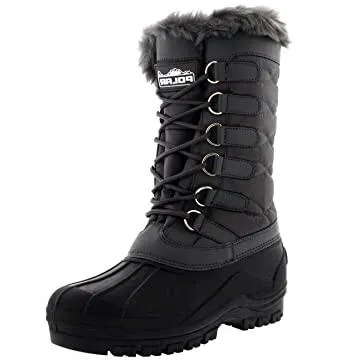 Polar Nylon Waterproof Snow Boot - Women's | Men's Waterproof textile upper
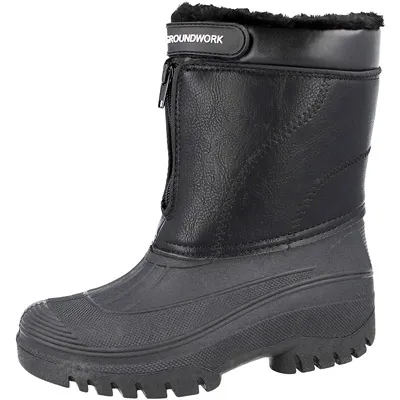 GroundWork Mucker Stable Yard Waterproof Winter Snow Zip Boots - Unisex 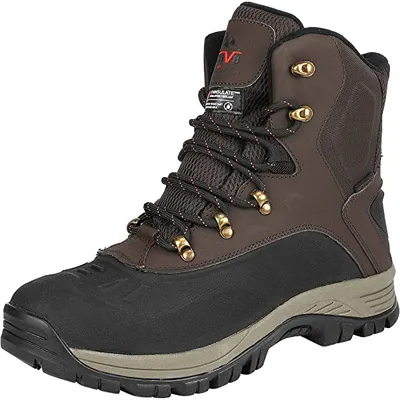 NORTIV 8 - men's Waterproof Hiking Winter Snow Boots 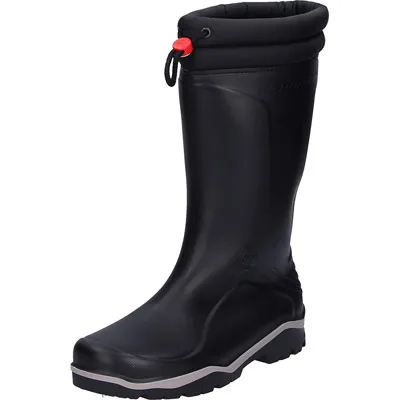 Dunlop Blizzard Warm Fleece Lined Padded Collar Wellington Boots Socks: 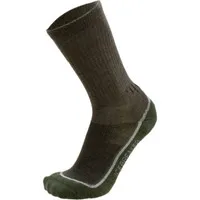 One
or two pairs of thick insulating socks or a thin liner
pair and thicker over socks make a huge difference.
Wool gives the best insulation, at least 70%
wool
is ideal, a small amount of synthetic material
such as nylon or polyester helps durability, and some
elastic material gives a snug fit and prevents them
from sagging. Cheaper mainly synthetic socks aren't
so good, they cause sweating and damp retention which
as well as being unpleasant will make your feet cold.
Too many pairs of socks makes your boots tight and squashes
out much of the insulating air. One
or two pairs of thick insulating socks or a thin liner
pair and thicker over socks make a huge difference.
Wool gives the best insulation, at least 70%
wool
is ideal, a small amount of synthetic material
such as nylon or polyester helps durability, and some
elastic material gives a snug fit and prevents them
from sagging. Cheaper mainly synthetic socks aren't
so good, they cause sweating and damp retention which
as well as being unpleasant will make your feet cold.
Too many pairs of socks makes your boots tight and squashes
out much of the insulating air.Thermal socks; Men and Women's Hands
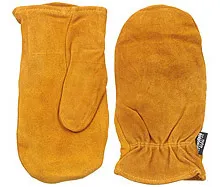 For
the same materials used as gloves, mittens will keep
your hands warmer. Layering should be used
here too in the coldest conditions, a light inner glove
that allows for handling ability and then a thicker
pair of mitts over the top. These can be insulated themselves
or just be a weatherproof outer layer. The outer pair
should be wind-proof while water-resistance is always
useful. For
the same materials used as gloves, mittens will keep
your hands warmer. Layering should be used
here too in the coldest conditions, a light inner glove
that allows for handling ability and then a thicker
pair of mitts over the top. These can be insulated themselves
or just be a weatherproof outer layer. The outer pair
should be wind-proof while water-resistance is always
useful.Mittens The issue with gloves when it gets colder is that the dexterity reduces as the insulation and thickness increases, despite what you may see claimed, there is no magical thin, ultra warm glove that is going to allow you full use of your hands down to minus stupidly cold, it's all a compromise. 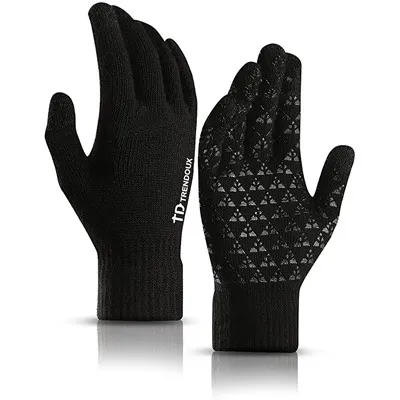 Trendoux Winter Gloves for Men and Women Touch Screen Anti-Slip 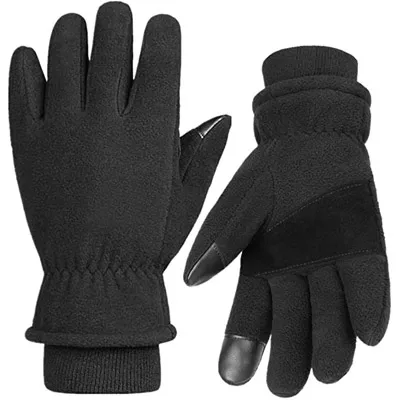 Winter Gloves and mittens, OZERO A range of good value gloves and mittens
Rechargeable electronic hand warmers - Power packs that can be used for heat or battery back up for your phone Head Putting on a hat to insulate the head is an easy and obvious big step you can make to hang on to heat and one of the cheapest too. Style and material. A beanie is a very effective shape and can pulled over the ears. Clean, plain shapes allow a hood to be pulled over and fit closely, bobbles make an air space that reduces insulation. Synthetics cost less than wool, are very warm and hard wearing.
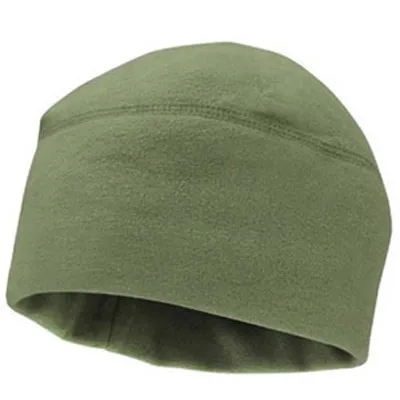 Fleece beanies Tight weave, thinner and lighter than other synthetics 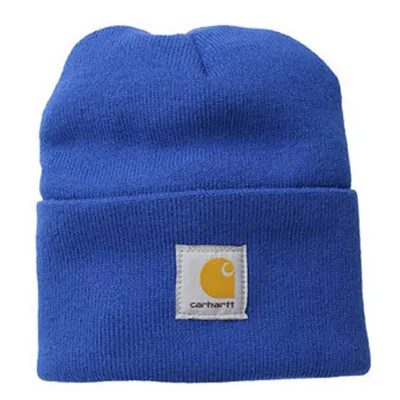 Acrylic hats Lots of variety and generally inexpensive 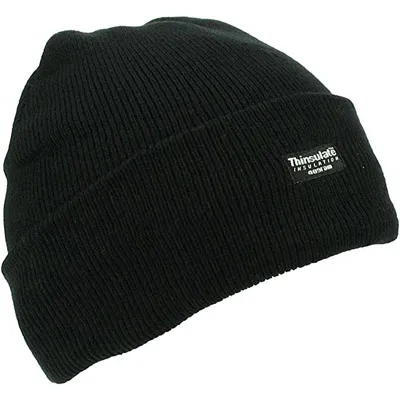 Thinsulate Effective and warmer than acrylic for a similar price, though not so hard wearing 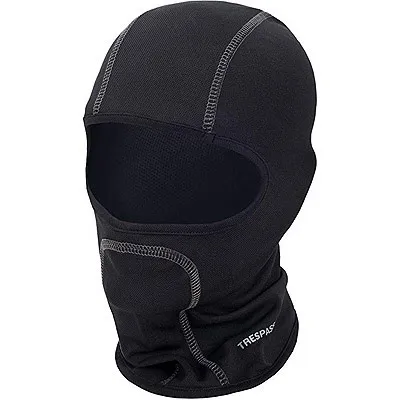 Balaclavas Hat, full face, neck gaiter, versatile affordable garments for cold protection The Neck
A neck gaiter is a neater version of a scarf, a tube
of stretchy insulating material than can be worn like
a scarf or pulled up over the lower part of the face
like the bottom part of a balaclava. |

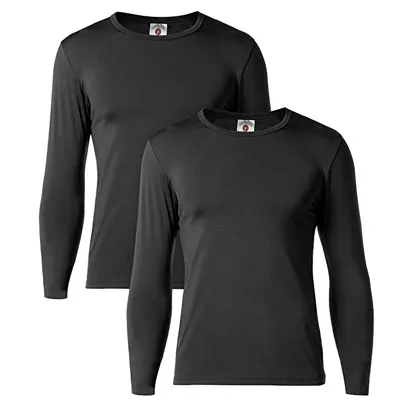
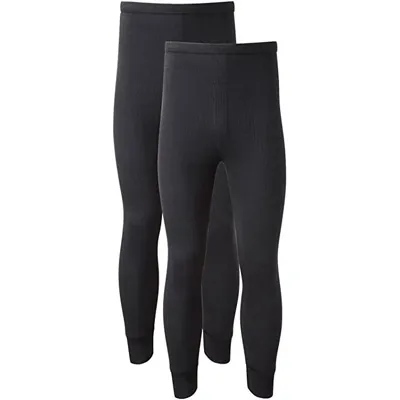
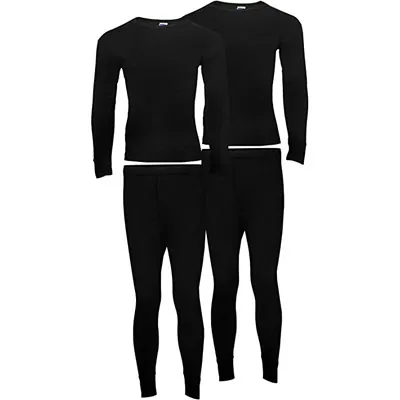
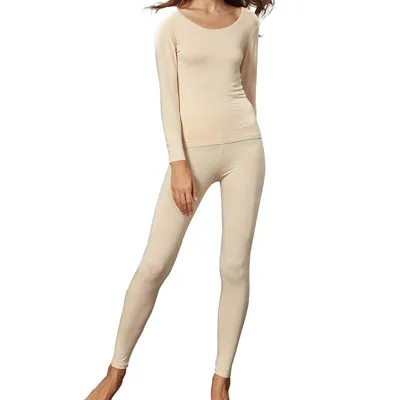
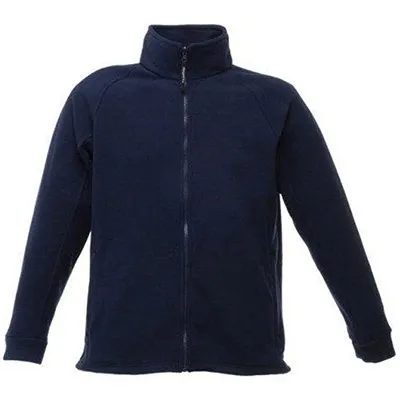
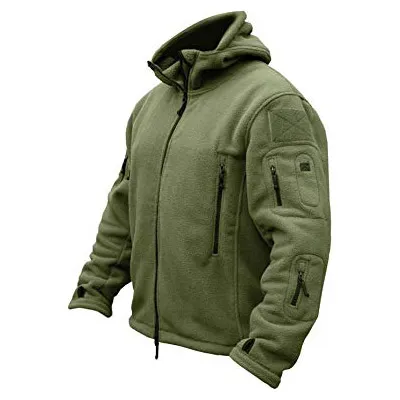
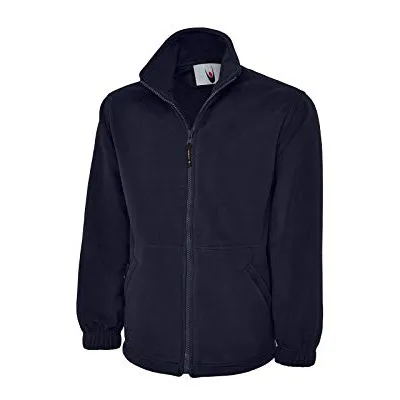
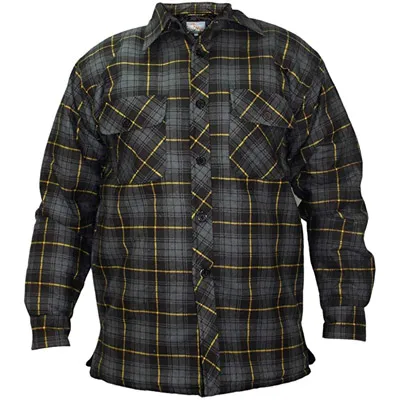
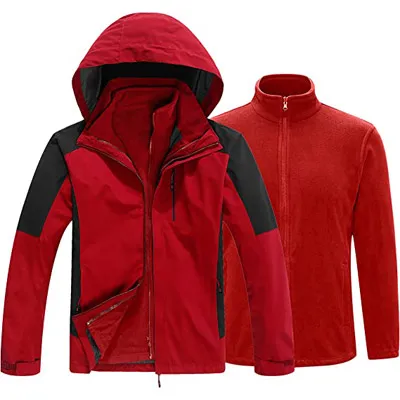
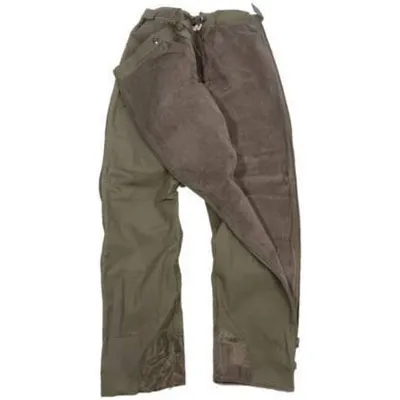

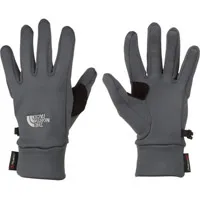
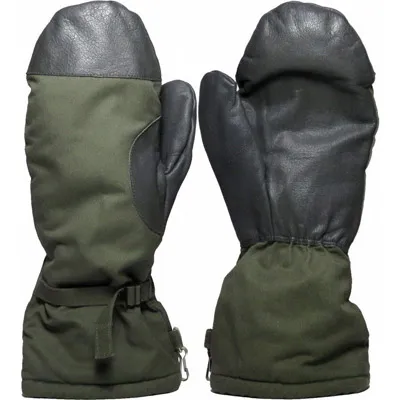
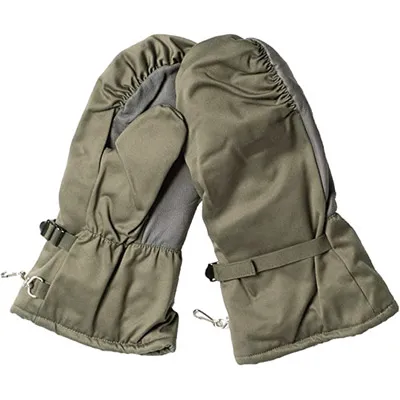
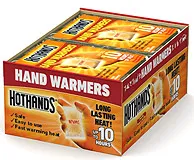 Hand
warmers
Hand
warmers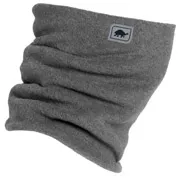 Neck
gaiters
Neck
gaiters